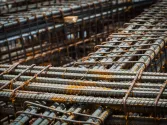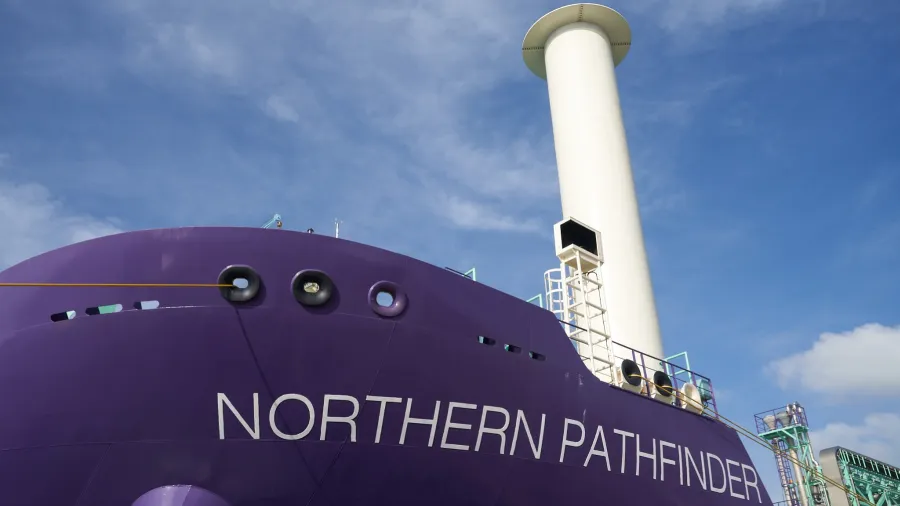
Sailing the future of ASEAN carbon shipping
By Suwanto and Lintang Ambar PramestiIf ASEAN successfully develops this carbon transport hub, the implications extend far beyond its borders.
In January 2025, as the Northern Pathfinder—the world’s first liquid CO₂ carriers for large-scale CCS—docked in Singapore's bustling port, it signalled more than just a refuelling stop.
This 130-metre, 8,000-tonne capacity vessel might embody a pivotal moment in Southeast Asia's climate strategy: the emergence of maritime carbon transport as the connective tissue in the region's decarbonisation efforts.
As ASEAN nations accelerate their net-zero transitions amidst continued fossil fuel dependence, could the region collectively sail the future of carbon shipping and establish its own Rotterdam of Carbon?
Why shipping makes sense for Southeast Asia
Modelling suggests Southeast Asia must scale up carbon capture from near-zero today to on the order of 200 million tonnes per year by 2050. ASEAN governments recognise this: about a dozen carbon capture, utilisation, and storage (CCUS) projects are now planned across the region, and energy ministers have directed plans for collaborative works.
The CCS/CCUS value chain demands seamless connections between industrial emitters and geological storage sites—a particular challenge in Southeast Asia's archipelagic geography spanning 25,000 islands. Whilst carbon transport could also rely on fixed pipelines, Southeast Asia's unique geography and maritime character may demand a different approach.
Pipelines offer significant advantages in certain scenarios. They provide a continuous, steady flow of CO₂ with established, reliable technology. For large volumes over shorter distances, pipelines remain economically attractive.
However, these benefits come with substantial limitations: high initial capital investment, significant geographical constraints in difficult terrains, and permanent inflexibility once constructed. The fixed nature of pipeline infrastructure means capacity and routes cannot adapt to changing market conditions.
Shipping presents a compelling alternative, particularly suited to Southeast Asia's unique geography. For transport distances exceeding 500 kilometres (for reference, Singapore to Indonesia is around 970 km far), shipping becomes more economical than pipelines, especially for annual volumes under 5 million tonnes.
Maritime transport offers unparalleled flexibility, allowing routes and destinations to change as emission sources and storage sites evolve. It is also scalable, less sensitive to fluctuations in capture profile, and has generally shorter construction time than pipelines than piping which is beneficial for early movers.
By 2050, the Asia Pacific region is expected to see a major increase in cross-border CCUS, with annual quantities potentially exceeding 100 Mtpa, thus requiring 85-150 vessels, depending on trade routes.
Catalyst for ASEAN’s carbon corridor
Each ASEAN member state plays different roles in the CCS/CCUS value chain. Whilst Indonesia and Malaysia seek to become regional carbon storage hubs with their welcoming cross-border CCS/CCUS regulation, Singapore's maritime expertise and first-mover advantage in transport infrastructure position it to be the carbon shipping hub.
The city-state handled over 41 million TEUs in 2024, managing 20% of global shipping containers via the second busiest port globally, The Port of Singapore. Its capacity to manage massive shipping volumes with efficiency and precision and provides the necessary backbone for advanced carbon shipping operations.
Northern Pathfinder's stop in Singapore highlighted not just technical capabilities but strategic geography. Positioned at the nexus of ASEAN shipping lanes, Singapore sits adjacent to Indonesia and Malaysia—nations with identified offshore storage capacity reaching 700 Gt of CO₂.
The city-state has further solidified its role through the S-Hub Consortium, a collaboration between the Singapore Government, Shell, and ExxonMobil, which aims to capture and transport 2.5 Mt CO₂ annually by 2030 for offshore storage. This initiative, along with Singapore’s broader CCS/CCUS plans, is embedded within its Second Nationally Determined Contribution (NDC) published in 2025.
Singapore’s strategic agreements, including a Letter of Intent with Indonesia on cross-border CCS and memoranda with Australia on CO₂ transport.
Turning the ASEAN Carbon Rotterdam dream into reality
Shipping CO2 presents unique challenges.
First, it demands specialised infrastructure for the port: dedicated liquid CO₂ terminals, specialised onshore storage tanks, liquefaction, loading-unloading, and conditioning infrastructure must be integrated into existing ports’ already complex ecosystem.
Second, ASEAN must integrate carbon markets and financing and explore international funds. While shipping is less capital intensive compared to pipelines, it still needs $85m for vessel investment, $70m for exporting port, $23m for liquefaction infrastructure, $43m for onshore storage, and some additional cost such as land reclamation, land acquisition, jetty expansion, and site preparation.
Strict regulatory frameworks for CO₂ standards must be established and enforced especially related to CO2 pressure, temperature, and purity. Shipping requires stricter CO₂ purity specifications compared to pipeline due to tighter limits on non-condensable, which can alter thermodynamic properties and increase the risk of dry ice formation due to storage conditions closer to the CO2 triple point.
Then, impurities from NOx and SOx can cause corrosion and affect material integrity. International regulatory alignment is essential, noting that Indonesia, Malaysia, and some potential partner countries like Japan and South Korea have established their own CCS/CCUS regulation.
Beginning the voyage
If ASEAN successfully develops this carbon transport hub, the implications extend far beyond its borders.
For industrial powerhouses and power generators across ASEAN, access to cost-effective carbon transport could mean continued industrial operation without emissions growth—maintaining economic development while meeting climate commitments.
For the shipping capital country itself, becoming the carbon shipping capital creates a new high-value service export—leveraging existing maritime expertise while positioning the country at the forefront of the emerging low-carbon economy.
If it succeeds, it could change the trajectory of climate action not just in Southeast Asia, but globally.
By establishing an efficient, scalable CO₂ transportation infrastructure model, ASEAN’s shipping capital would catalyse CCS/CCUS adoption across nations, setting a precedent for maritime hubs worldwide and transcend its current identity as a nexus for goods, finance, and trade to emerge as the world's pioneer in carbon shipping.



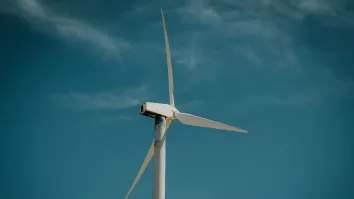
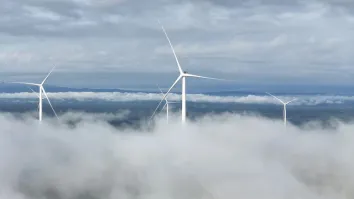
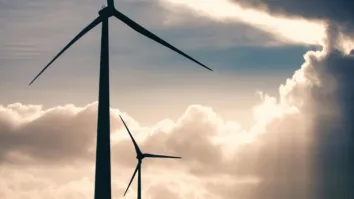


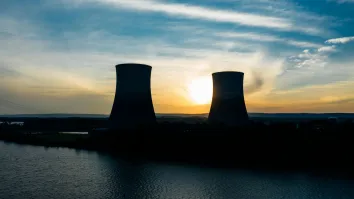

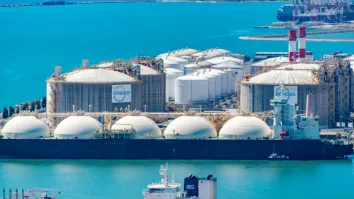
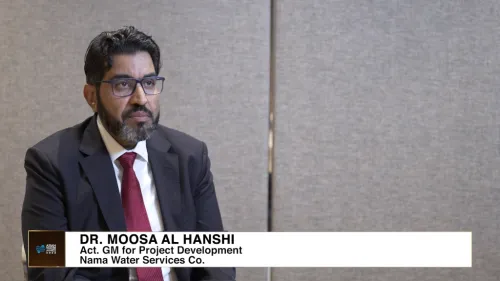
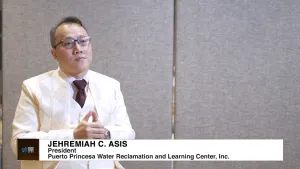
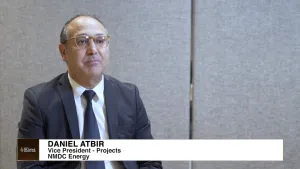
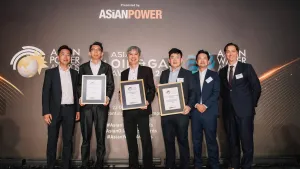
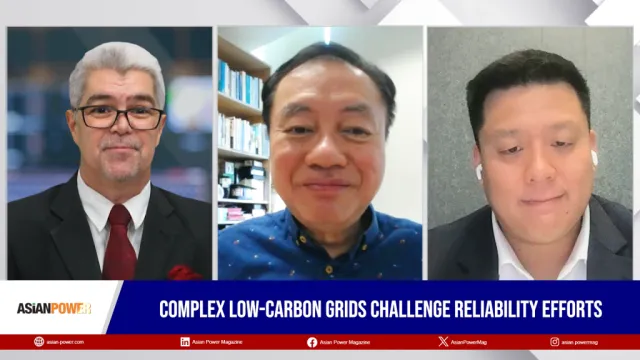

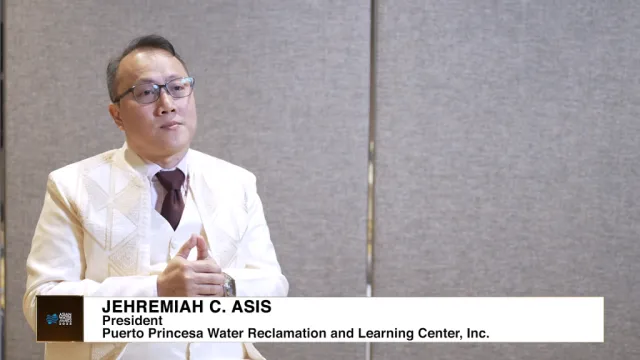
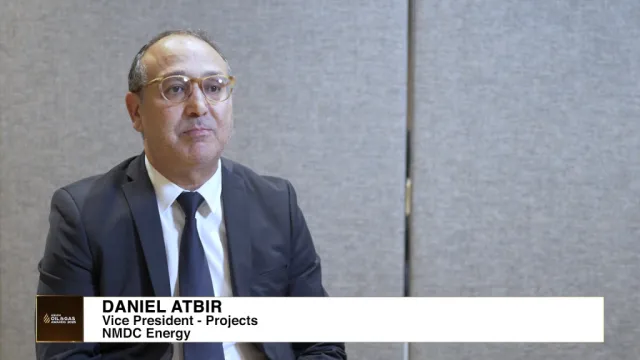

 Advertise
Advertise




